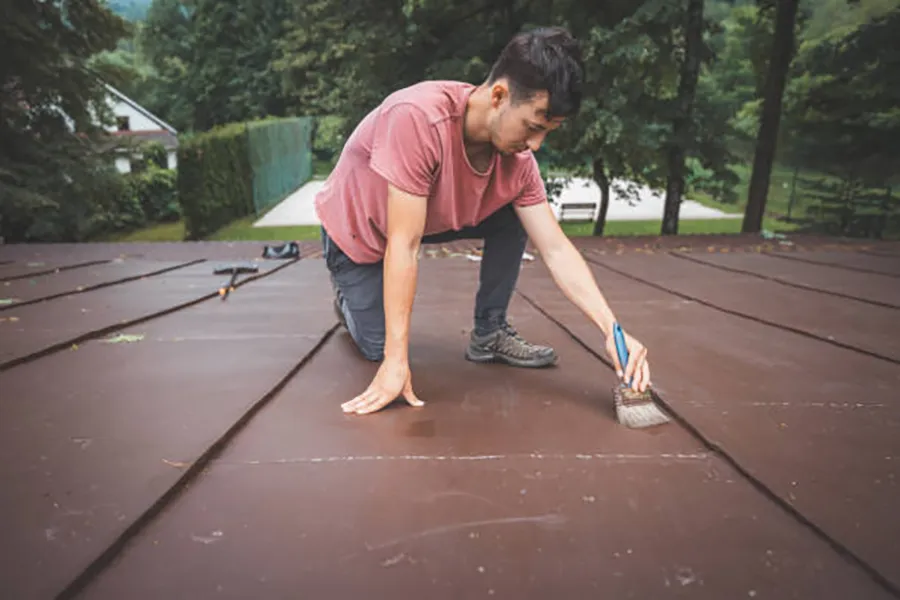Understanding the Evaluation Process for Optimal Results
Roofing contractors play a crucial role in maintaining and upgrading your home’s roof. One vital aspect they assess is whether or not painting is necessary. This evaluation involves several steps to ensure that the decision to paint is based on sound reasoning and evidence. By understanding this process, you can make informed decisions about your roofing needs. The process involves examining several factors that affect the longevity and efficiency of your roof.
Identifying Key Factors
When assessing if a roof requires painting, contractors consider multiple elements. These include the current condition of the roof, weather exposure, and material type. For instance, a metal roof may need different treatment compared to an asphalt shingle roof. Other factors such as age and previous coatings also play a significant role. Reviewing these aspects helps contractors determine the suitability of applying Roof Painting solutions.
Analyzing Weather Impact
The local climate significantly affects a roof’s durability and appearance. Contractors analyze how rain, snow, sun, and wind impact the existing coating or material. In areas with harsh sunlight, UV rays might deteriorate the paint more quickly, necessitating regular touch-ups. Snow and rain can cause moisture buildup, leading to further damage if the roof is not properly sealed. Effective Roof Painting ensures protection against these environmental challenges.
Evaluating Material Types
Different roofing materials have unique characteristics that influence the need for painting. Metal roofs may benefit from specialized paints that enhance their resistance to rust and corrosion. On the other hand, tile or wooden roofs might require specific treatments to prevent rot and decay. Understanding the material’s properties allows contractors to recommend appropriate painting techniques and products, ensuring long-lasting results.
Inspecting Surface Conditions
A thorough inspection of the roof’s surface is essential before deciding on any painting work. Contractors look for signs of wear and tear, including peeling paint, cracks, and mold growth. They also check for any structural issues that could affect the painting process. Cleaning and repairing minor defects are crucial steps that ensure a smooth application and improve adhesion of new paint layers.
- Check for peeling paint and cracks
- Look for mold and mildew growth
- Repair minor surface defects
- Ensure proper cleaning before painting
Determining Cost Implications
The cost of painting a roof can vary greatly depending on its size, material, and current condition. Contractors provide estimates by considering labor costs, materials needed, and preparation work involved. While it might seem like a significant investment, quality painting can extend the life of your roof, making it a cost-effective choice over time. Weighing these costs against potential repairs can highlight its value proposition.
Implementing Best Practices
Experienced roofing contractors follow best practices to deliver high-quality results. They choose suitable paints that withstand local weather conditions and adhere well to the roof’s material. Proper application techniques are key, which often includes using primers and sealants to enhance durability. Contractors also recommend routine maintenance post-painting to maximize lifespan.
- Select appropriate paint types
- Apply primer and sealant for better adhesion
- Follow precise application methods
- Schedule routine checks for maintenance
Final Steps Towards a Well-Maintained Roof
If you’re considering painting your roof, consult with an expert to explore all options. Located in Twin Peaks, CA, I provide tailored advice based on your specific situation. Contact Perez Roofing Service at (909) 361-0079 for a personalized assessment that guarantees satisfaction and longevity for your roof.


